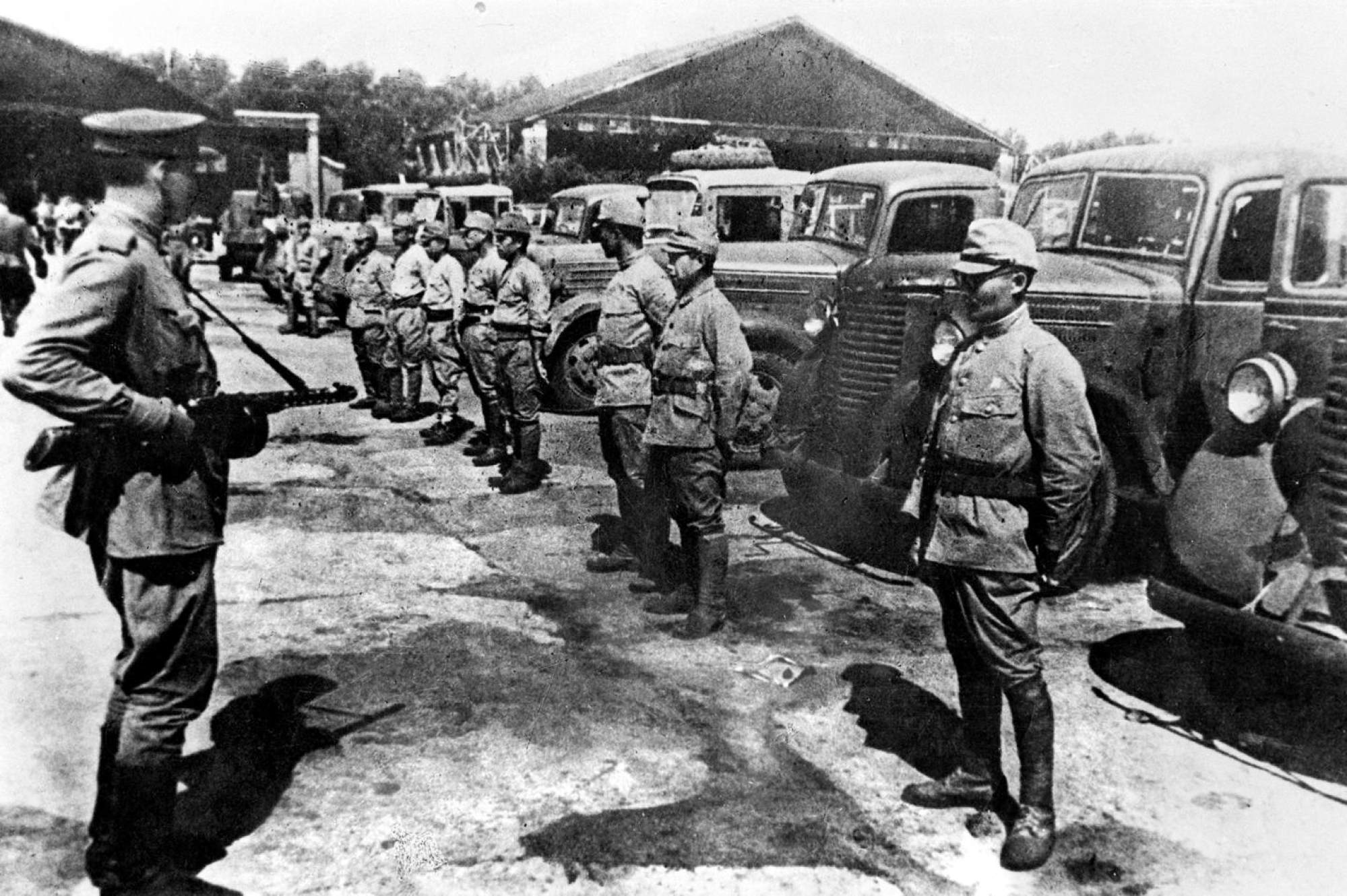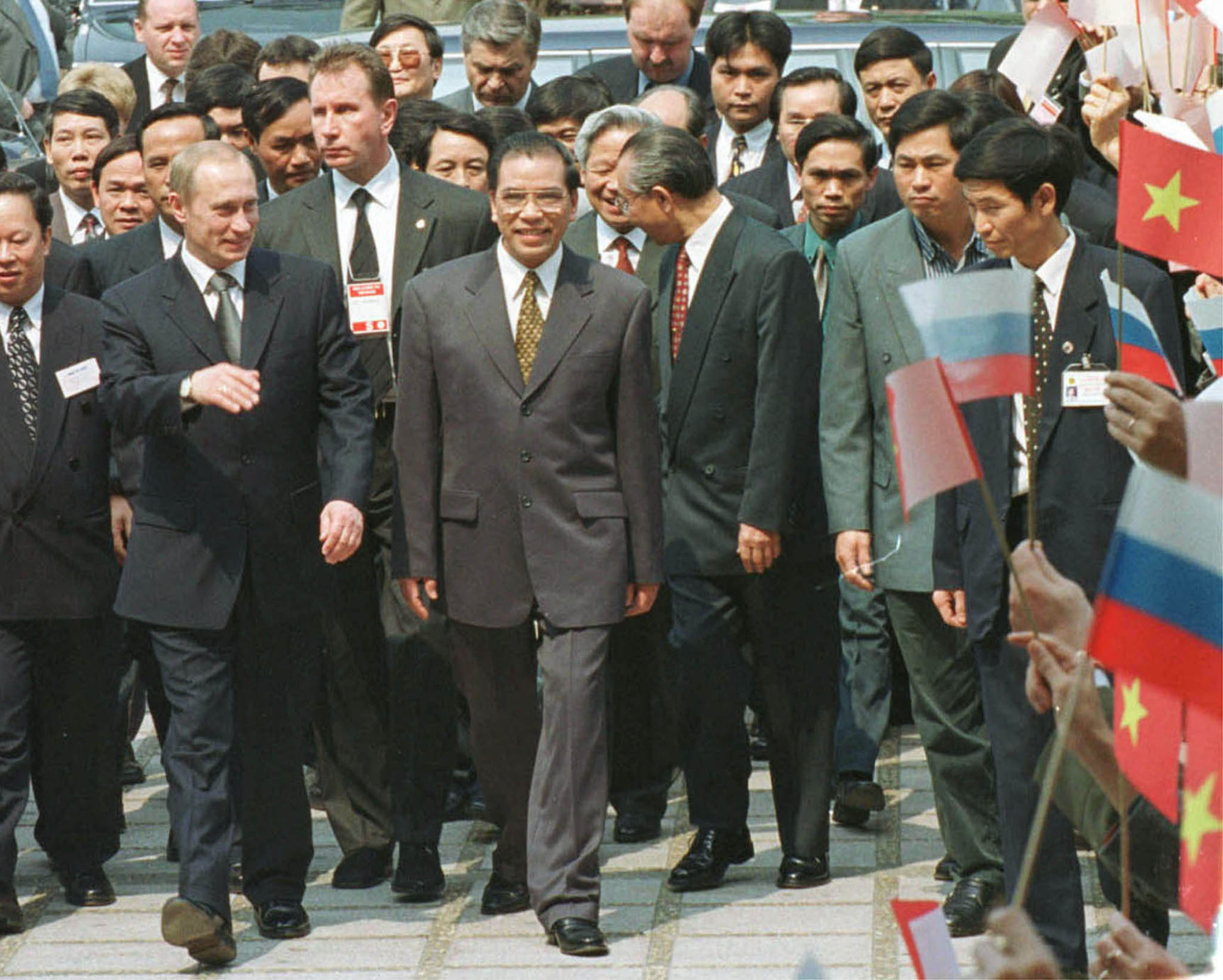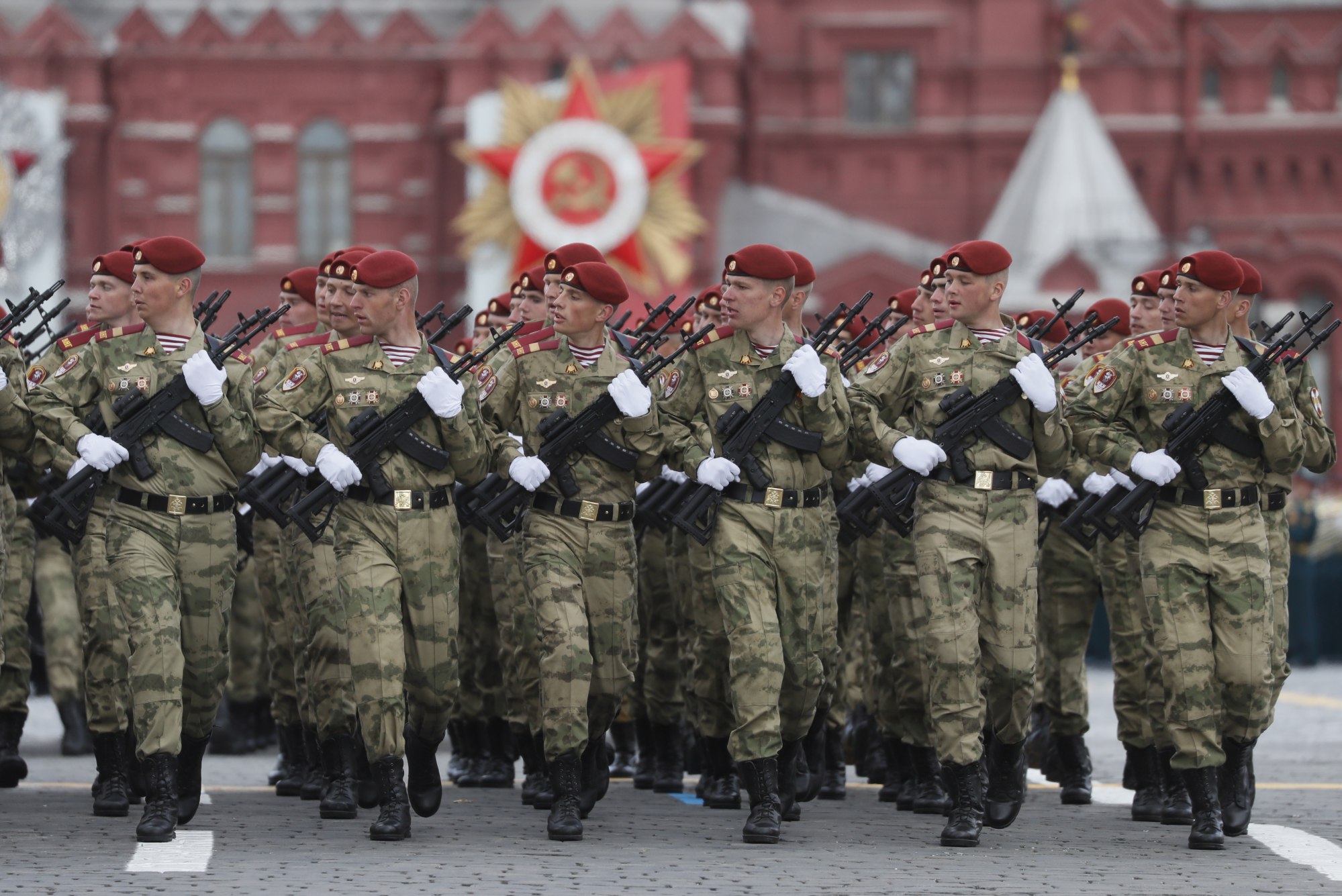So rather than focus on an uncertain future, perhaps it is not surprising that when Russian leaders and diplomats interact with their Southeast Asian counterparts, they use memory diplomacy to assert what they consider to be the country’s rightful role as a great power.

British historian Jade McGlynn defines memory diplomacy as a form of public diplomacy whereby states try to bolster their political influence by “allying their own historical narratives with those of another country” to create “memory allies”. As McGlynn notes, the locus of Russia’s memory diplomacy is Europe, where Moscow extensively employs its selective view of the Soviet Union’s role in the defeat of Nazi Germany during World War II.
In Southeast Asia, that is much harder for Moscow to do, as the Soviet Union played almost no role in the Southeast Asian theatre.
It is hard but not impossible, especially if the memories of the second world war are manufactured. In August, Myanmar and Russia did just that when their defence ministers unveiled a statue in Moscow’s Patriot Park called “Allies of Myanmar Warriors” commemorating the Battle of Mandalay in early 1945.

At the unveiling ceremony, Russian Defence Minister Sergei Shoigu said it was important to “preserve and protect the truth of genuine history” – that Burma and the Soviet Union had cooperated to defeat fascism (a word currently in vogue in the Kremlin as it has accused the Ukrainian leadership of being Nazis). One of the statue’s soldiers is depicted holding a Soviet-made rifle. In reality, Moscow provided no military assistance to Burma during the war.
A more fertile ground for Moscow’s memory diplomacy in Southeast Asia is the Cold War, for it was during the era of superpower confrontation that the Soviet Union provided support to nationalist movements across the region.
What little aid Russia gives to Southeast Asia today is often used to keep the memory of Soviet assistance alive
Last year, a statue dedicated to Soviet pilots who were killed training Laotian pilots in the 1970s was unveiled in Vientiane. Russia’s ambassador to Laos declared “the memory of the feat of the Soviet pilots will remain in the memory of the peoples of both countries”.
What little aid Russia gives to Southeast Asia today is often used to keep the memory of Soviet assistance alive, such as the renovation of the Khmer-Soviet Friendship Hospital in Phnom Penh.

Memory diplomacy has clearly paid dividends for Russia in Southeast Asia since it attacked Ukraine 21 months ago.
Gratitude for the Soviet Union’s critical support during the Indochina wars is part of the reason why Vietnam and Laos have refrained from criticising Moscow and abstained from votes at the United Nations General Assembly condemning Russia’s invasion.
In Indonesia, Soviet military assistance to the Sukarno regime still has resonance with the older generation. As one prominent intellectual put it to the author earlier this year: “Today, Russia may not be an important friend, but it is an old friend and should be respected accordingly.” Sukarno’s daughter and former president, Megawati Sukarnoputri, the head of the Indonesian Democratic Party of Struggle – the party of President Joko Widodo – has criticised Ukraine but praised Russia. She remembers and appreciates the support Moscow gave her father’s regime.

In Thailand, the trope of Imperial Russia’s support for Siam’s independence was advanced by royalists to successfully argue that the kingdom should adopt a neutral position in the Russia-Ukraine war.
When Washington criticised Russia for selling arms to Myanmar in 2019, Russia responded that Southeast Asians had “hardly forgotten” the “casualties and destruction” caused by US arms sales to the region over the past few decades. Since the coup in Myanmar in February 2021, the junta has used Russian-made aircraft to inflict casualties and destruction.
But memories are selective.
Ian Storey is Senior Fellow at ISEAS – Yusof Ishak Institute. This commentary was first published by ISEAS – Yusof Ishak Institute’s commentary website fulcrum.sg.

